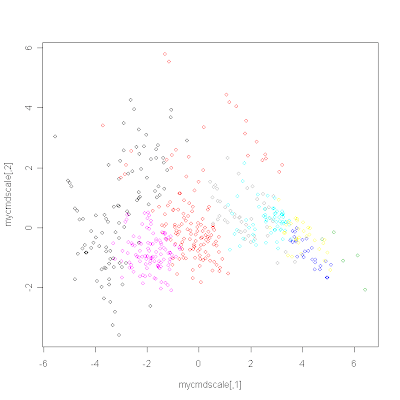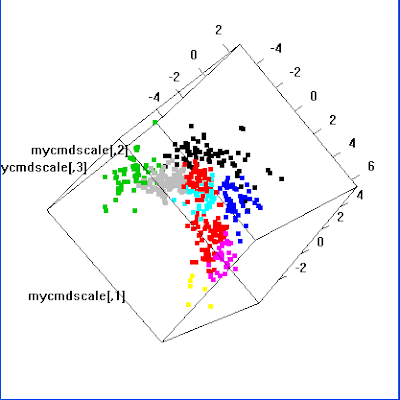Here's the announcement:
Meeting: Molecular Modelling: Tools, GUIs and Visualisation
11th - 13th March 2008
This is to announce a CCP1 meeting looking at graphical interfaces, visualisation and tools for molecular modelling in general, but with the focus towards electronic structure.
There are a large number of graphical interfaces and associated tools for working with electronic structure and molecular mechanics/dynamics codes in use in the computational chemistry community today. Many of these tools do similar jobs, but all have their own specialities, strengths and weaknesses.
The aim of this meeting is to bring together the developers and users of these tools to:
- raise awareness of the existing software tools and capabilities.
- allow users to give the developers feedback on what is needed and which areas are not being sufficiently covered.
- explore novel ways of visualising molecular data and other tasks.
- provide an opportunity to discuss collaborations.
We already have speakers confirmed from projects including OpenBabel, Avogadro, Molekel, Molpro, cclib, GaussSum, The CCP1GUI, GAMESS, and GAMESS-UK.
The meeting will be held at the Holiday Inn in Runcorn, Cheshire, from 11th-13th March (starting after lunch on the 11th and running through to lunch on the 13th). The afternoon of the 13th will be reserved for developers to run tutorials/practicals at Daresbury Laboratory.
We still have some slots available for speakers, so if you are a code developer or user, and would be interested in speaking, then please contact: j.m.h.thomas@dl.ac.uk
For registration information, please visit the meeting webpage at:
http://www.ccp1.ac.uk/chemtoolsmeet
We look forward to seeing you in March!
========================================
Jens Thomas,
STFC Daresbury Lab,
Warrington,
WA4 4AD, UK.
http://www.cse.scitech.ac.uk
========================================


